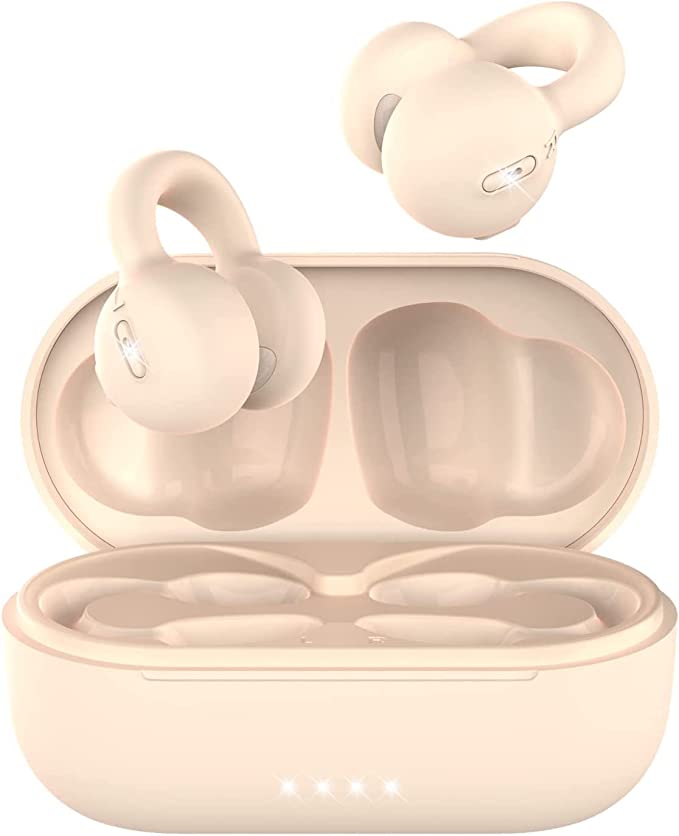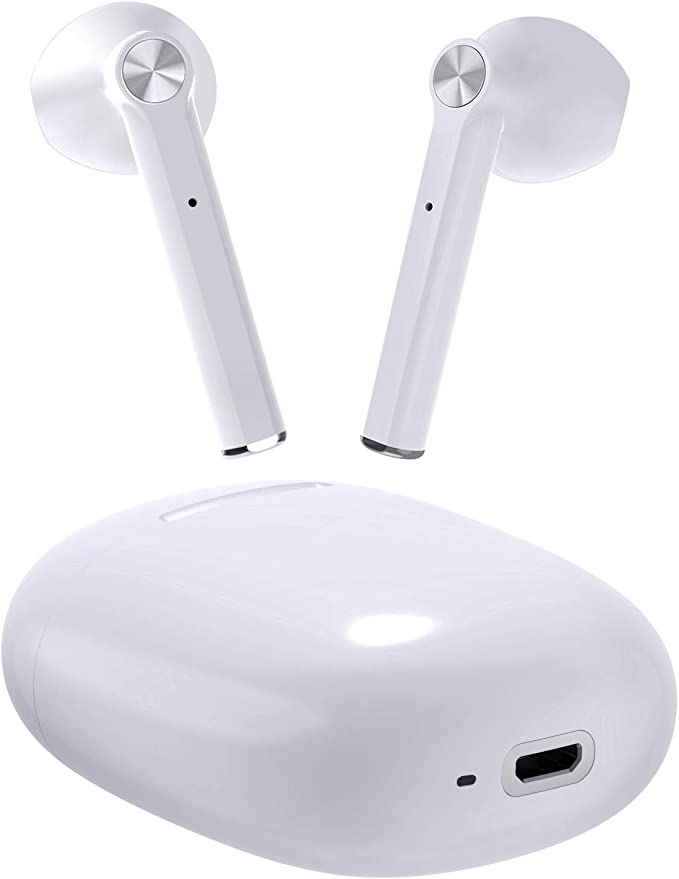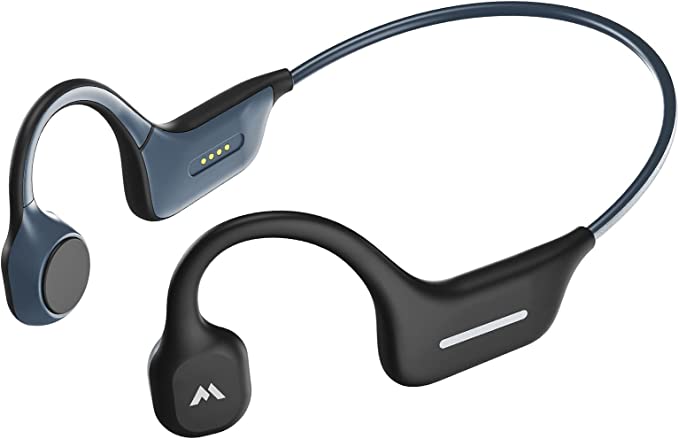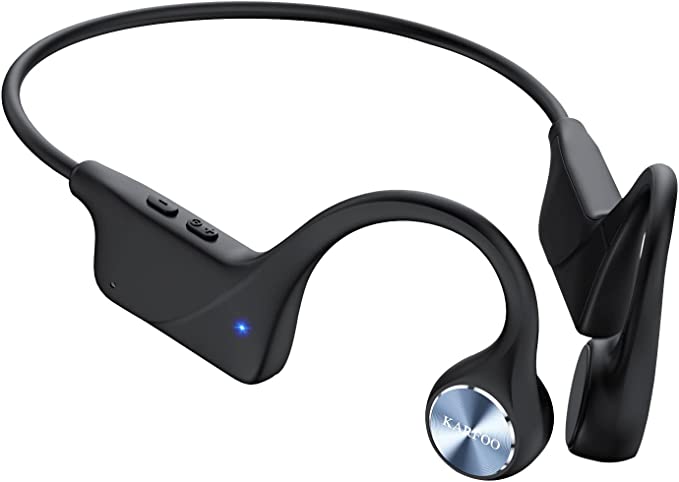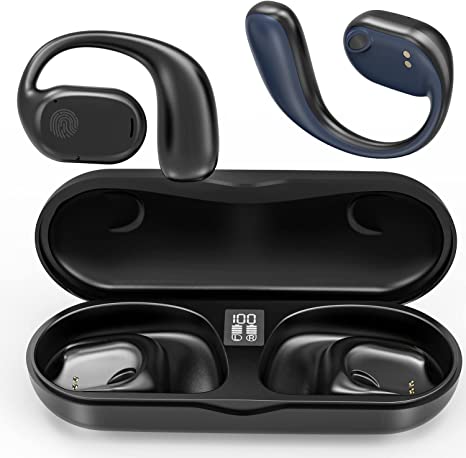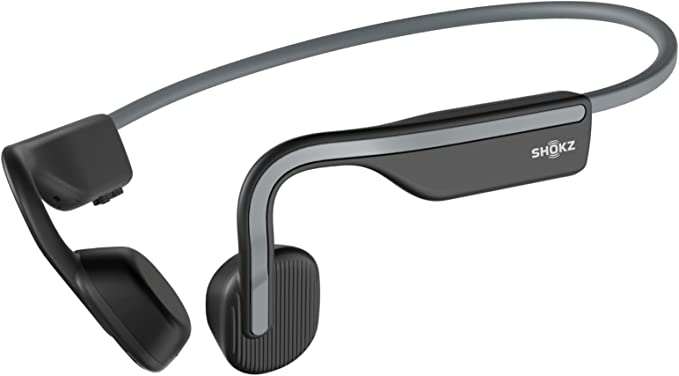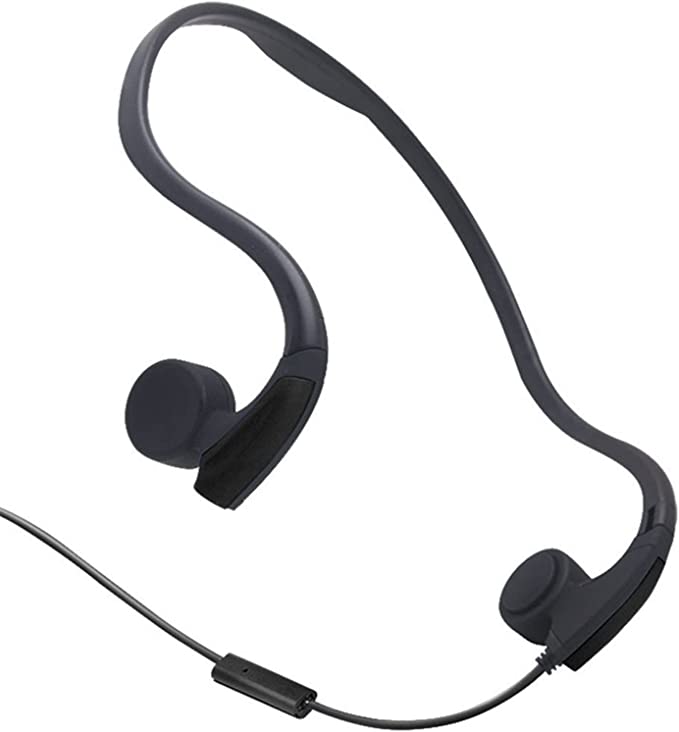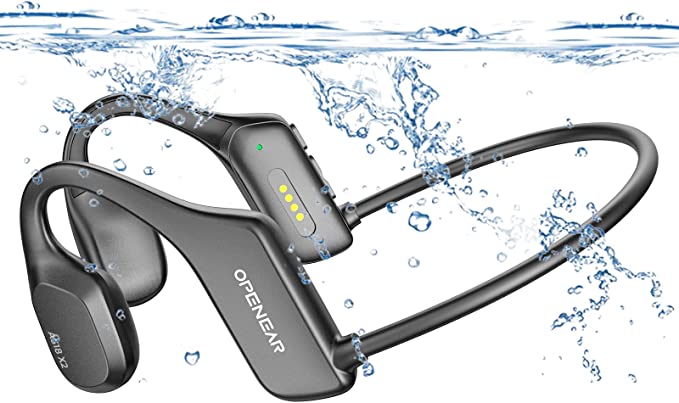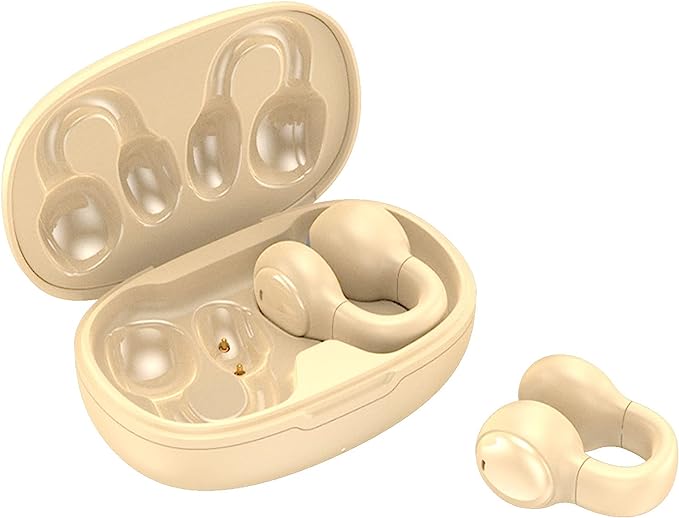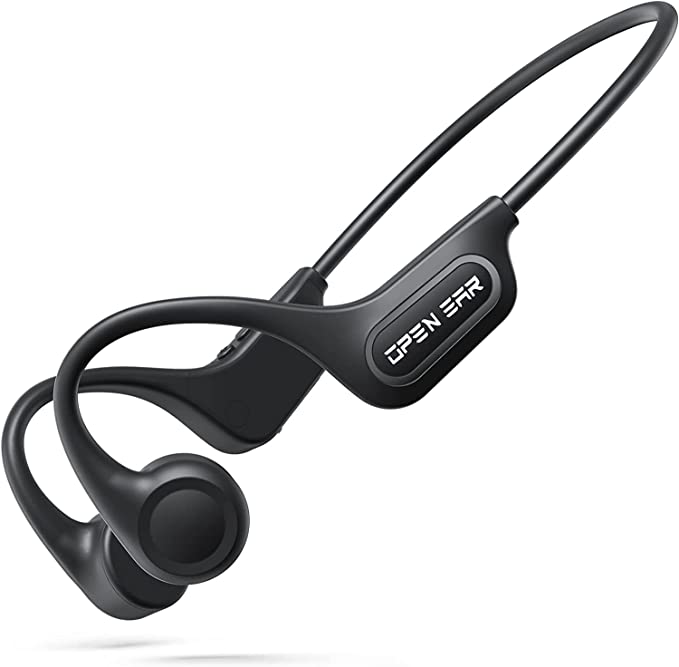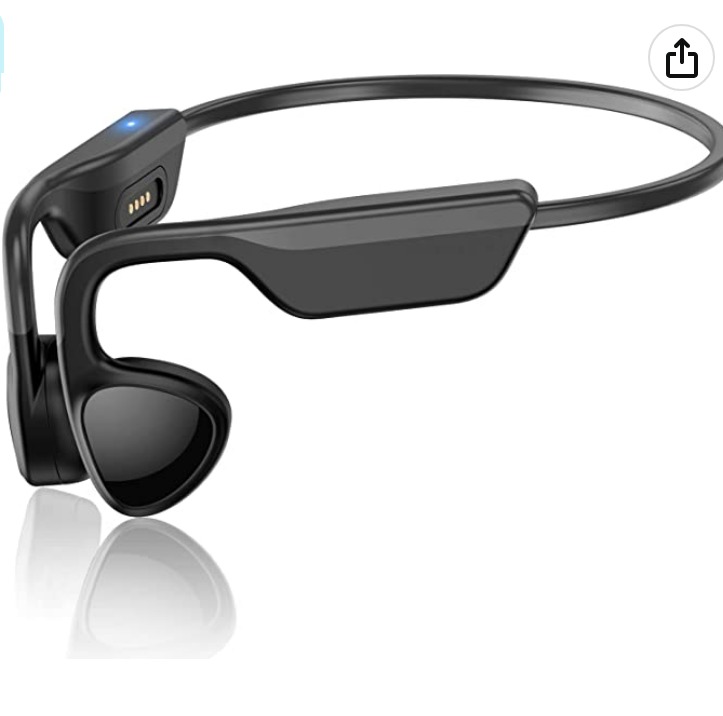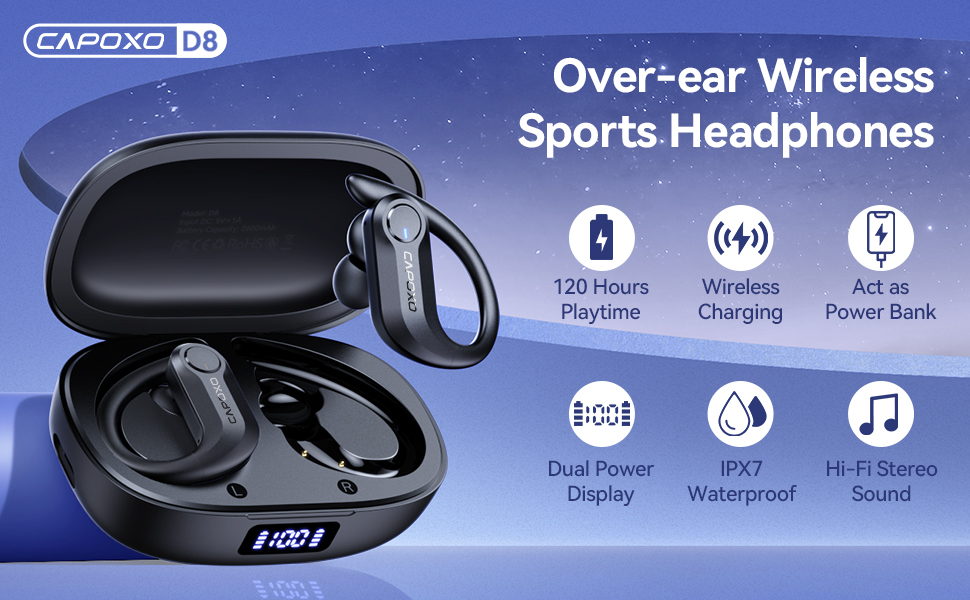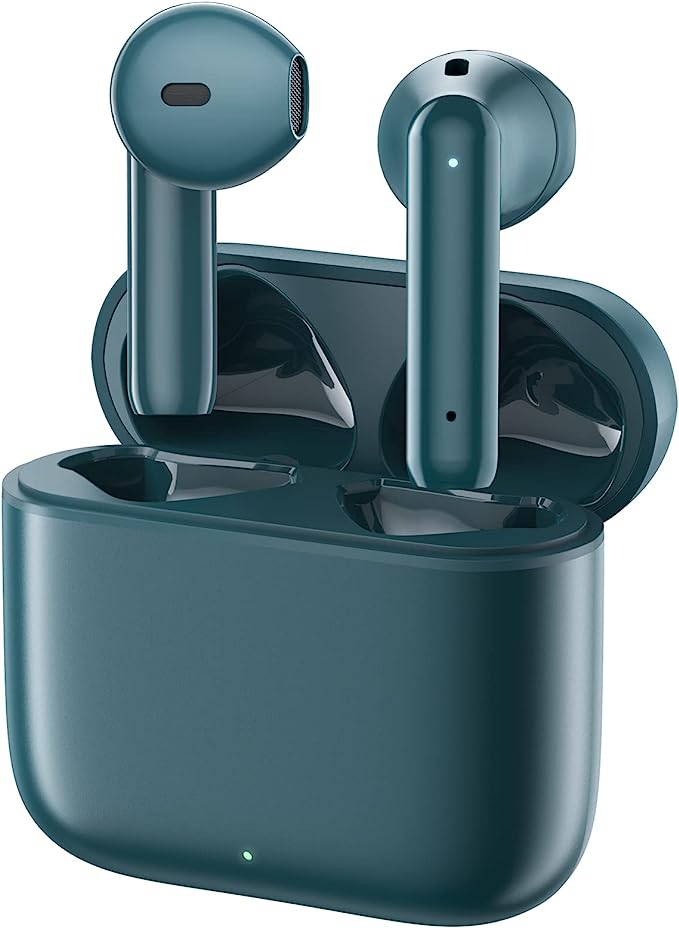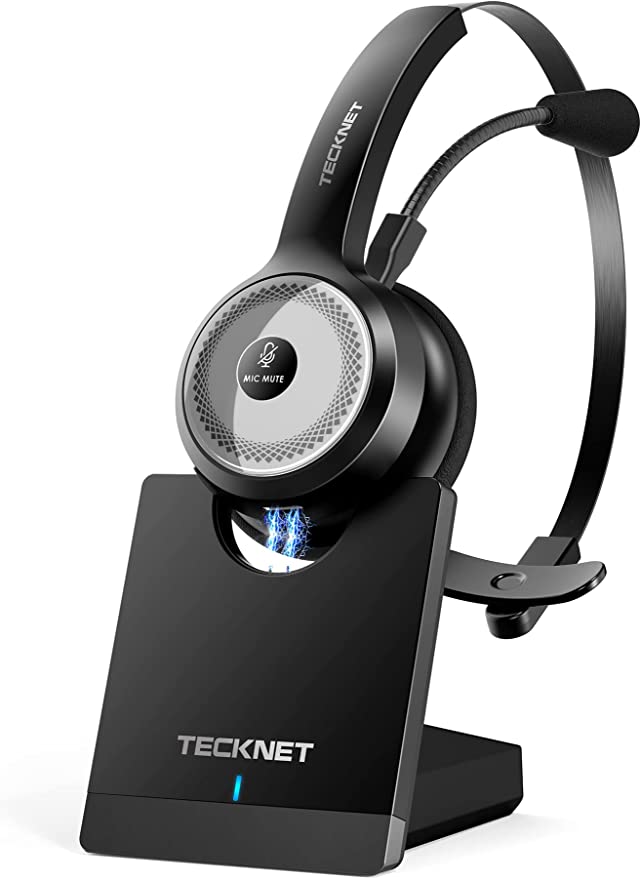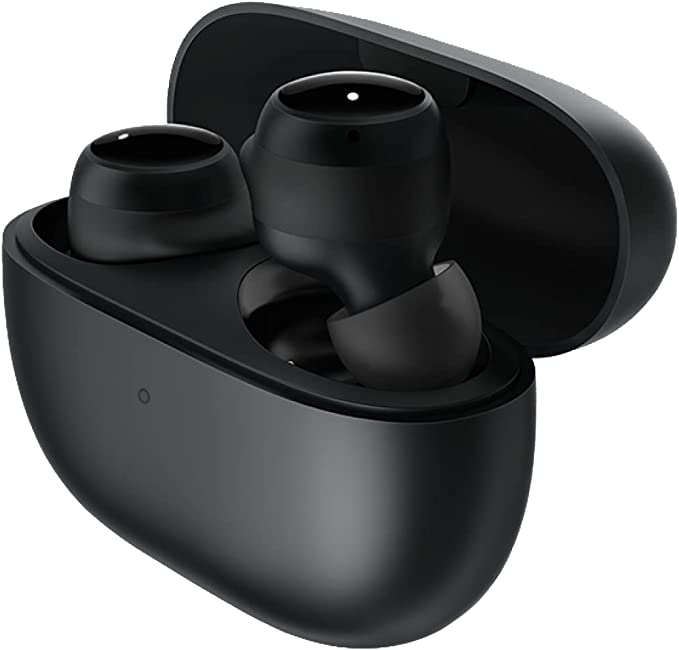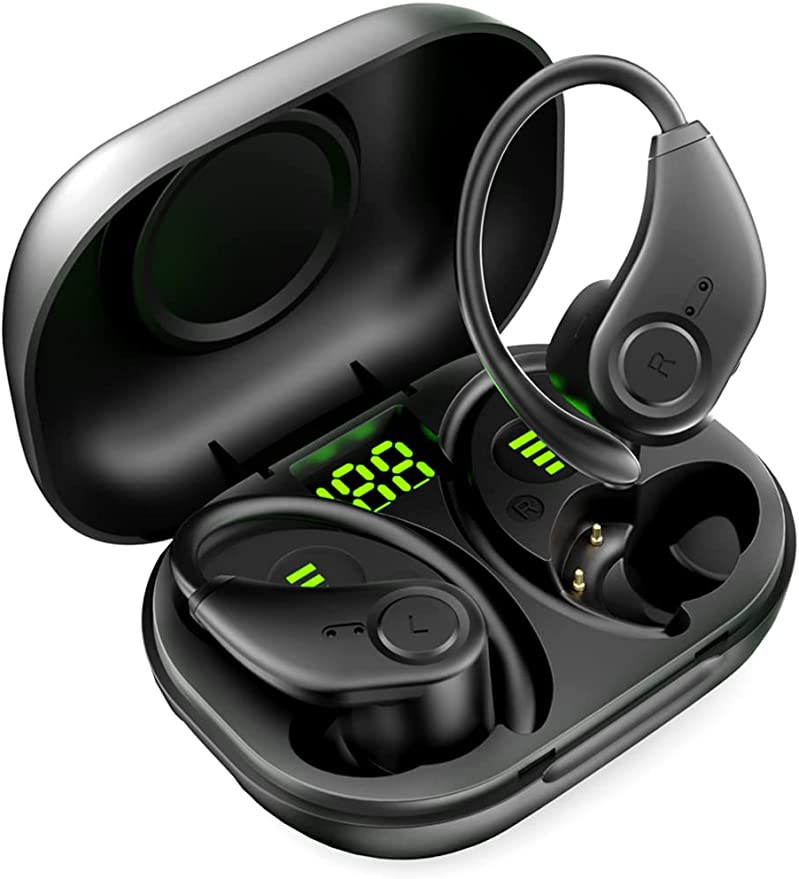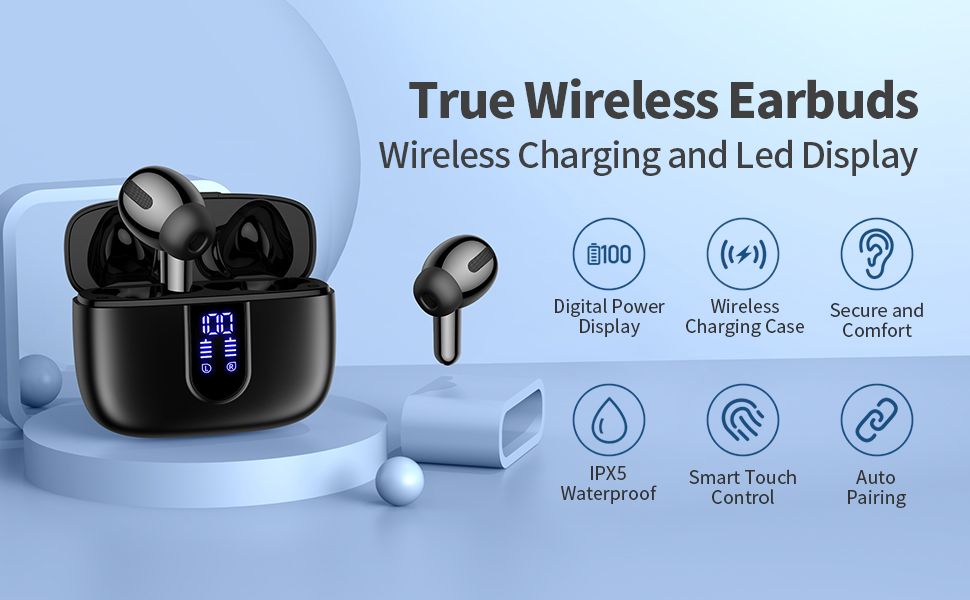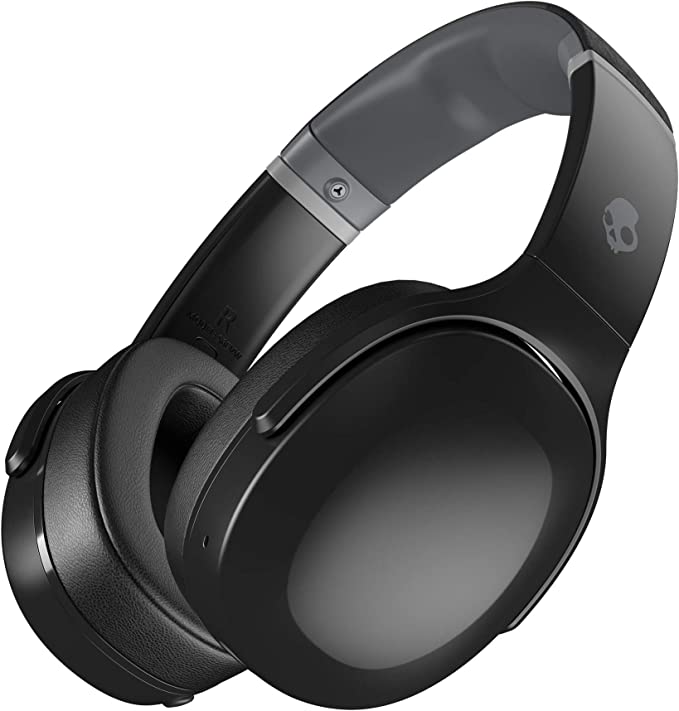The 'Budget Bone Conduction' Secret: Why It's Not Bone Conduction (And Why That's Better)
Update on Oct. 30, 2025, 7:48 a.m.
You’ve seen them. Those intriguing headphones advertised as “bone conduction” for an almost too-good-to-be-true price, often under $50. They promise a revolutionary open-ear experience, letting you hear your music and the world around you. It’s the perfect solution for running, cycling, or just staying aware in the office.
But then, the confusion sets in. How can a $40 pair of headphones offer the same radical technology as premium $150 brands?
Welcome. If you’re feeling a bit lost in the marketing hype, you’ve come to the right place. I’m here to be your guide on this audio journey. Let’s clear the air (pun intended) and uncover one of the biggest, most misunderstood “secrets” in the audio world.
Here’s the truth: The vast majority of “budget bone conduction” headphones are not bone conduction at all.
And here’s the real secret: for most of us, that’s actually a great thing. The technology they do use is often more practical, more comfortable, and perfectly suited for the job.
To understand why, we need to put on our mentor hats and dive into the fascinating science of how we hear.
The Symphony of the Skull: A Tale of Two Hearing Paths
To become smart shoppers, we first need to understand the two fundamental ways sound can travel from a device to our brain.
Path 1: Air Conduction (The Highway We All Know)
This is the standard route. It’s the technology used by over 99% of audio devices, from your car stereo to your earbuds.
It’s an elegant, multi-step process:
- Sound Waves: The headphone’s speaker creates vibrations in the air.
- Outer Ear: Your ear (the pinna) acts like a funnel, catching these airwaves.
- Middle Ear: The waves travel down the ear canal and vibrate your eardrum. This vibration is passed along three tiny bones (the ossicles).
- Inner Ear: Finally, the vibration reaches the cochlea, a fluid-filled, snail-shaped organ. Here, tiny hairs convert the mechanical energy into electrical signals.
- Brain: Your brain interprets these signals as music, a podcast, or a car horn.
This path is fantastic for high-fidelity audio, but it has one major drawback: to work well, it usually needs to block the ear canal, isolating you from the world.
Path 2: Bone Conduction (The “Secret” Pathway)
This is a much more direct, ancient, and almost “magical” route. Bone conduction bypasses the eardrum and middle ear entirely.
Instead of moving air, a “bone conduction” device does something far more unusual:
- Vibration: A transducer (a special kind of motor) physically vibrates.
- Solid Transmission: When pressed against the bones of your skull (typically the temporal or mastoid bone), those vibrations travel through the solid bone directly to your inner ear (the cochlea).
- Brain: The cochlea doesn’t care how it gets the vibration—from the air-driven middle ear or the bone-driven skull. It receives the vibration and sends the signal to the brain just the same.
You’ve already experienced this. Plug your ears tightly and hum. The sound you hear—deep and resonant—is traveling to your cochlea almost entirely through your jaw and skull. This is also how Ludwig van Beethoven, as his air-conduction hearing failed, could still “hear” his piano by biting a rod pressed against its soundboard.
- True Bone Conduction is… A medical-grade technology. It’s expensive to engineer correctly, and the sensation can feel “ticklish” or “odd” to new users. Its primary benefit is for those with middle-ear hearing loss or who need zero sound leakage.
Now, armed with this knowledge, let’s become audio detectives.
The Case of the Budget “Bone Conduction” Headset
Let’s take a look at a popular and representative example, the MOING BC-8. It’s advertised with “Bone Conduction Technology” right in the description, promising to transmit sound “through the skull instead of air.”
This is a bold claim. Let’s test it against our new knowledge.

The original article highlighted a brilliant review by a user named Ouroborus, who conducted a few simple, perfect experiments.
-
The “Arm’s Length” Test: The reviewer noted the headphones were “very audible…at an arm’s length away.” This is our first clue. A true bone conduction transducer is designed to transfer energy to a solid (bone) and is very inefficient at moving air. If you can hear it clearly from far away, it’s moving a lot of air.
-
The Placement Test: The reviewer found that placing the drivers on the mastoid bone (the hard bone behind the ear, a prime spot for true bone conduction) produced almost no sound. The audio was clearest when the pad rested on the soft flesh in front of the ear canal.
-
The Hearing Aid Test: This was the definitive clue. Hearing aids are designed to amplify sound traveling through the air. When worn with the MOING BC-8, the headphones’ volume increased dramatically. If the sound were truly traveling via bone, the hearing aids would have had nothing to amplify.
The Conclusion is Inescapable:
This device is not using bone conduction. It is using Open-Ear Air Conduction, often marketed as “Directional Audio.”
The “Impostor” That’s Actually the Hero: Directional Audio
So, what is this technology? It’s actually very clever.
Instead of a vibrating motor, a device like the MOING BC-8 simply uses a very small, precisely-aimed conventional speaker.
Think of it this way: * A normal speaker is a floodlight, spraying sound in all directions. * A directional audio speaker is a spotlight, focusing a tight, controlled beam of sound directly at your ear canal.

It doesn’t vibrate your skull. It just projects sound near your ear, which then funnels down your ear canal in the normal “air conduction” way. The “conduction” you might feel is just the haptic vibration of a small speaker resting against your skin, not the primary source of the sound.
So, is this a scam? Is it “fake”?
Not at all. The marketing label is wrong, but the function is exactly what you were looking for.
Why This “Fake” Tech is the Right Choice for Most People
Here is the “aha!” moment: this simpler, “directional audio” technology delivers on the three core promises of the open-ear category, often better than true bone conduction for the average user.
1. The Core Goal: Total Situational Awareness
This is the number one reason to buy these. You want to hear your podcast and the bicycle bell, your playlist and your colleague calling your name.
Because a directional audio headset leaves your ear canal 100% open and unobstructed, it achieves this goal perfectly. Your brain can seamlessly process the environmental sounds around you while layering your personal audio on top. This is the “Cocktail Party Effect” in action—your brain can focus on what it needs to, and this tech lets it do its job.
2. The Unsung Hero: Comfort and Hygiene
This is, in my opinion, the most underrated benefit. In-ear buds can cause pain, pressure, and “ear fatigue” after a few hours. They also trap moisture and heat, which can lead to ear infections (otitis externa).
An open-ear design like the MOING BC-8’s is a literal breath of fresh air. * There is zero pressure inside your ear. * Your ear canal stays cool, dry, and clean. * For those with sensitive ears or who need to wear a headset all day for work, this design is a complete game-changer. It’s the definition of “wear-all-day” comfort.

3. The Obvious Win: The Price
This is the final piece of the puzzle. True bone conduction technology is complex, patented, and expensive to manufacture.
A small, directional speaker? That technology is mature, simple, and affordable.
This is why the MOING BC-8 can cost $38.99 while a premium Shokz headset costs $150. You are not buying a “cheap version” of a complex technology. You are buying a simpler, more established technology that achieves the exact same primary goal: open-ear listening.
Our Honest Mentor’s Advice: The Inherent Trade-Offs
Now, as your guide, I must be honest. This technology is not magic. It comes with two very predictable trade-offs that you must be aware of.
Trade-Off 1: Sound Leakage
Remember that “sound spotlight”? It’s not perfect. It “leaks” light around the edges.
In practice, this means that in a quiet environment (like an office, a library, or on a train), people sitting a few feet away from you will be able to hear what you’re listening to. It will sound like a tiny, tinny radio playing nearby.
This is the #1 compromise of open-ear air conduction. It is not private.
Trade-Off 2: The Bass Problem
This is not a flaw; it’s physics.
To produce deep, rich, powerful bass, a speaker needs to move a lot of air inside a sealed, contained space. This is why over-ear cans cup your ears and in-ear buds seal your canal.
An open-ear design has no seal. By definition, all that low-frequency energy dissipates into the air.
The result: The audio from these headphones will always sound “thin” or “light.” It is crystal clear and perfect for podcasts, audiobooks, and phone calls. But if you are an audiophile looking for thumping, visceral bass in your music, this technology will always disappoint you.
Your Final Lesson: You Are Now an Informed Consumer
Let’s recap what we’ve learned together.
- The Goal vs. The Tech: Your goal is “open-ear listening” and “situational awareness.” “Bone conduction” is just one technology to achieve it.
- The “Secret”: Most budget-friendly “bone conduction” headphones are actually Directional Audio headsets. They use a tiny, focused air conduction speaker, not a bone-vibrating transducer.
- The Real Value: This “impostor” tech is fantastic. It perfectly delivers situational awareness and unparalleled comfort for a fraction of the price.
- The Trade-Offs: You must accept that this comes at the cost of sound privacy (leakage) and audio quality (weak bass).
So, when you see a device like the MOING BC-8, you are no longer a victim of confusing marketing. You are now an informed consumer.
You can look at it and say, “I know this isn’t true bone conduction. But I also know it’s an affordable, comfortable, open-ear headset that’s perfect for my long runs and work calls.”
You’re not buying it for a buzzword. You’re buying it because you’ve done your homework and you know it’s the right tool for the job. And that, class, is how you outsmart the hype.

